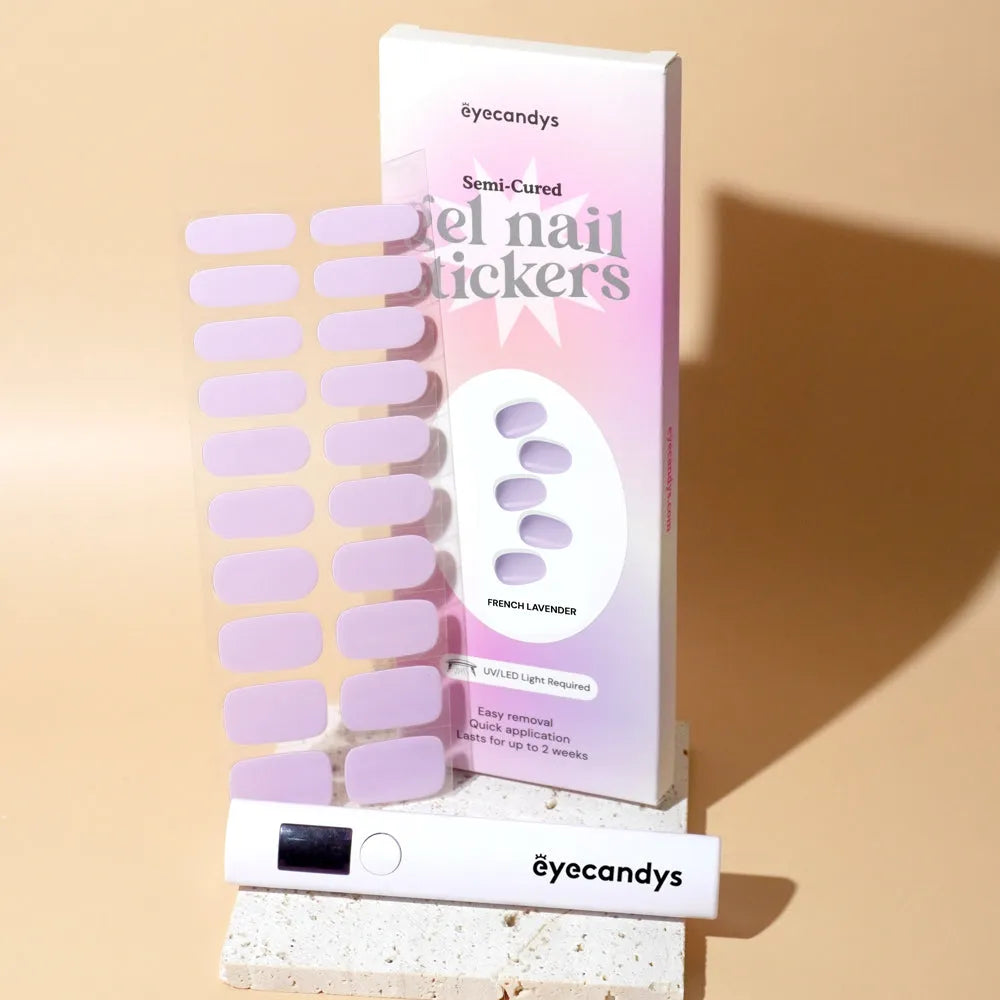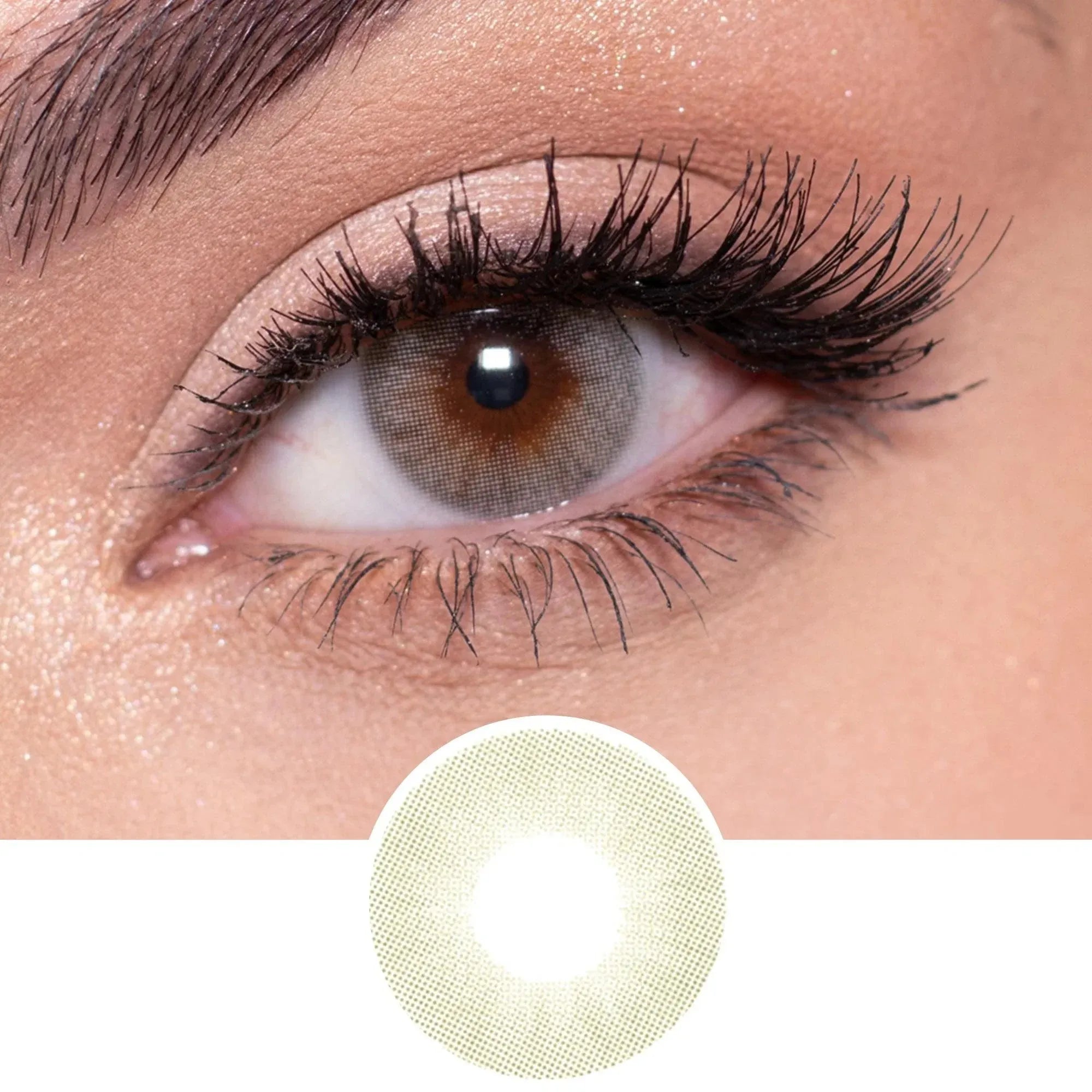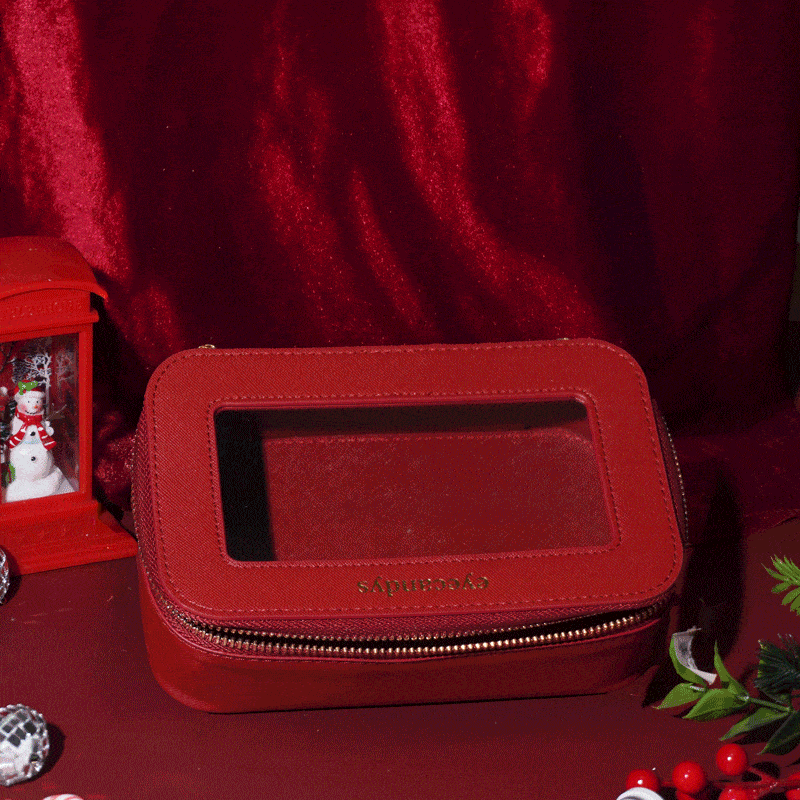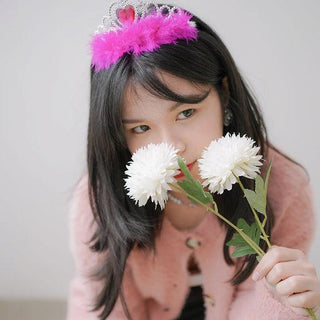Colored contacts have become increasingly popular for individuals looking to change or enhance their eye color for various reasons, including fashion, cosplay, and costume parties. However, one common question that many wearers have is: How long do colored contacts last? In this article, we'll explore the lifespan of colored contacts, factors that affect their durability, and tips for prolonging their lifespan.
Understanding the Lifespan of Colored Contacts
Colored contacts, like traditional contact lenses, come with an expiration date that indicates how long they can be safely worn. The lifespan of colored contacts can vary depending on several factors, including the type of lens, how frequently they are worn, and how well they are cared for.
-
Daily Disposable Contacts: Daily disposable colored contacts are designed to be worn once and discarded at the end of the day. These lenses offer the highest level of convenience and hygiene since they do not require cleaning or storage. They are an excellent option for occasional wearers or those with sensitive eyes.
-
Bi-weekly or Monthly Disposable Contacts: Bi-weekly or monthly disposable colored contacts are designed to be worn for a specific period before being replaced with a new pair. These lenses typically require daily cleaning and storage in a contact lens case with fresh solution. The lifespan of these contacts can range from two weeks to one month, depending on the specific brand and type.
-
Extended Wear Contacts: Some colored contacts are designed for extended wear, meaning they can be worn continuously for an extended period, typically up to one week or even one month. However, it's essential to follow the recommended wearing schedule and care instructions provided by your eye care professional to avoid complications.
Factors Affecting the Lifespan of Colored Contacts
Several factors can affect the lifespan of colored contacts and how long they remain safe and comfortable to wear:
-
Frequency of Wear: The more often you wear your colored contacts, the quicker they are likely to wear out. Daily disposable contacts offer the shortest lifespan since they are discarded after each use.
-
Proper Cleaning and Storage: Failure to clean and store your colored contacts properly can lead to the buildup of debris, proteins, and bacteria on the lenses, reducing their lifespan and increasing the risk of eye infections.
-
Environmental Factors: Exposure to heat, humidity, and other environmental factors can affect the condition of your colored contacts. It's essential to store them in a cool, dry place away from direct sunlight and moisture.
-
Eye Health: Individuals with certain eye conditions or sensitivities may experience faster lens deterioration or discomfort when wearing colored contacts. It's crucial to monitor your eye health and consult with an eye care professional if you experience any discomfort or irritation.
Tips for Prolonging the Lifespan of Colored Contacts
To maximize the lifespan of your colored contacts and ensure optimal eye health, consider the following tips:
-
Follow the Recommended Wearing Schedule: Adhere to the recommended wearing schedule provided by your eye care professional based on the type of colored contacts you have.
-
Clean and Disinfect Regularly: Clean and disinfect your colored contacts daily using the recommended contact lens solution and follow proper cleaning techniques to remove debris and bacteria.
-
Handle with Care: Handle your colored contacts with clean hands and avoid touching them with sharp or rough objects that could damage the lenses.
-
Replace on Schedule: Replace your colored contacts as directed, even if they still appear to be in good condition. Over-wearing lenses beyond their recommended lifespan can increase the risk of eye infections and discomfort.
-
Avoid Water Exposure: Avoid swimming or showering while wearing colored contacts, as exposure to water can damage the lenses and increase the risk of contamination.
When to Replace Colored Contacts
Knowing when to replace your colored contacts is essential for maintaining eye health and preventing complications. If you experience any of the following signs or symptoms, it may be time to replace your colored contacts:
-
Blurred or distorted vision
-
Discomfort, irritation, or redness
-
Excessive dryness or discomfort
-
Buildup of debris or protein deposits on the lenses
In conclusion, the lifespan of colored contacts varies depending on the type of lens, frequency of wear, and how well they are cared for. By following proper hygiene practices, adhering to recommended wearing schedules, and monitoring your eye health, you can prolong the lifespan of your colored contacts and enjoy clear vision and comfort. Remember to replace your colored contacts as directed and consult with an eye care professional if you experience any discomfort or vision changes while wearing them.







